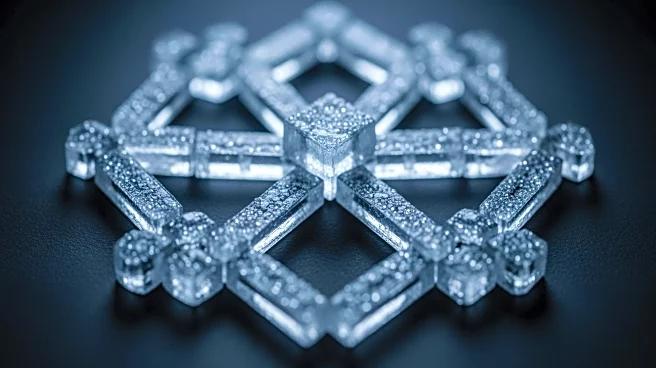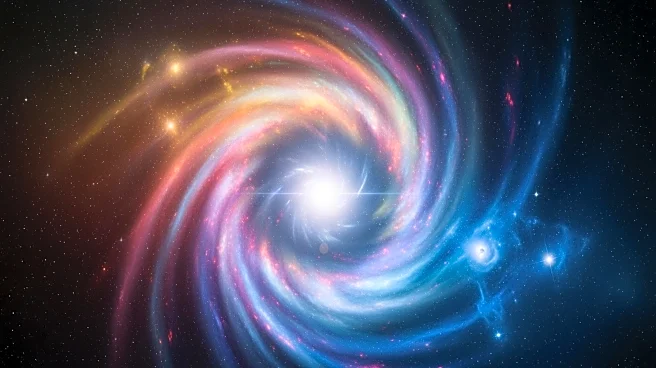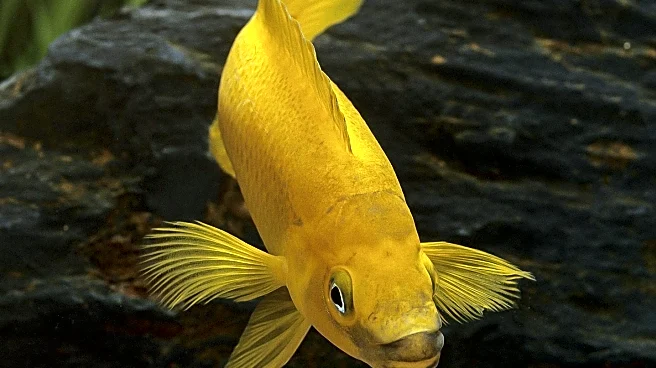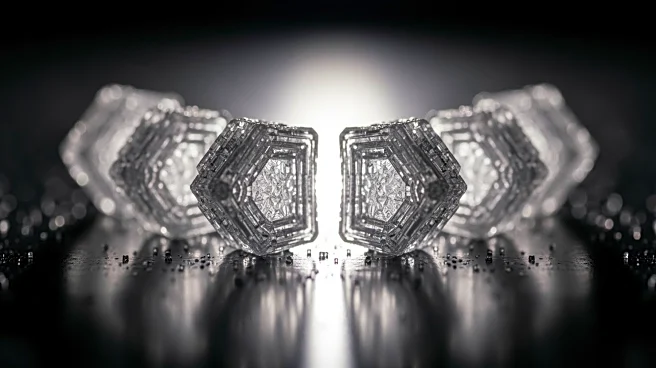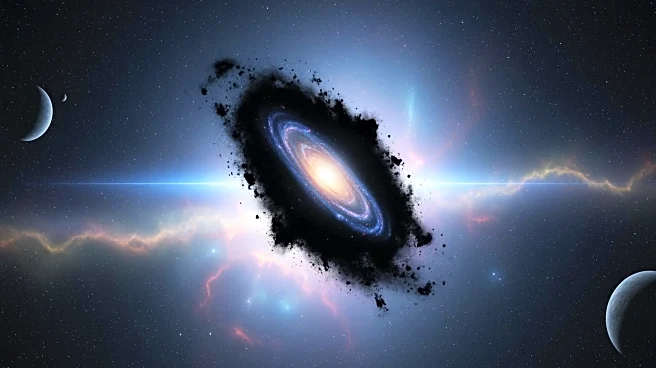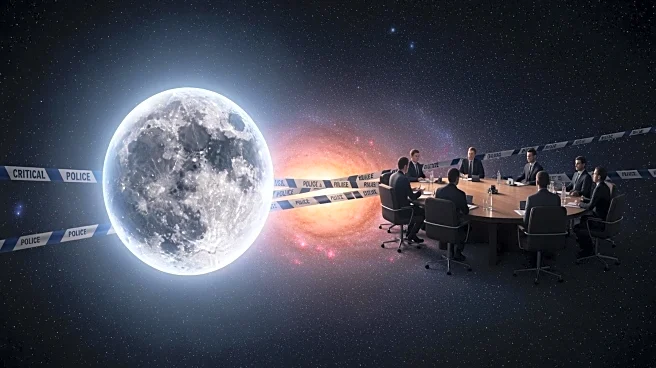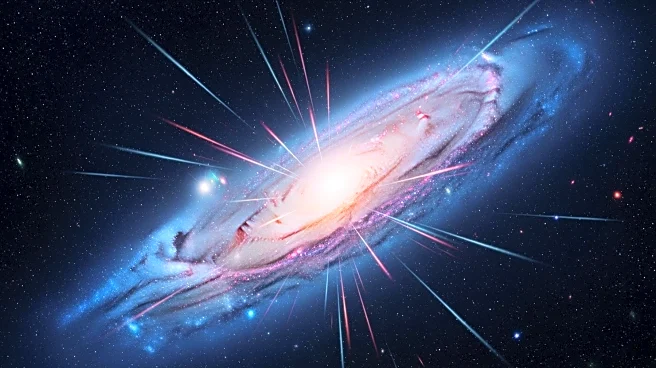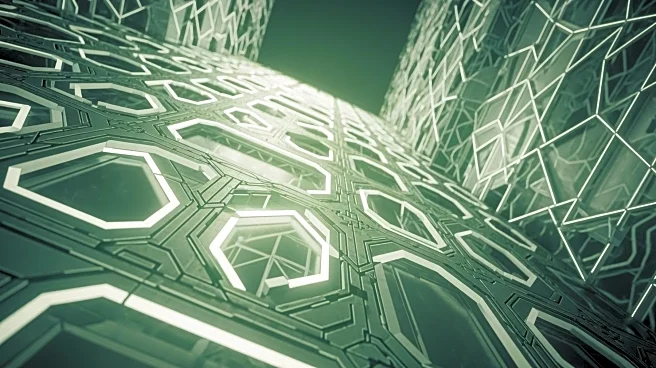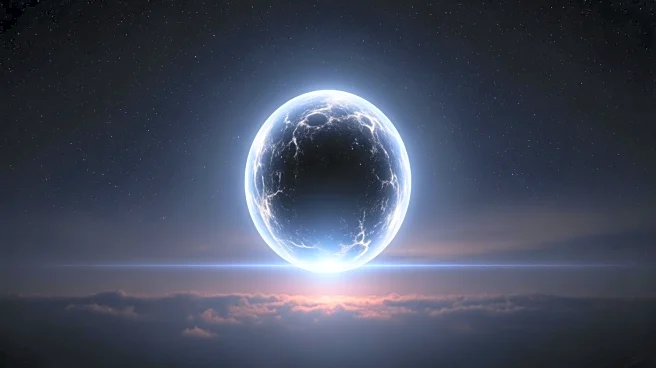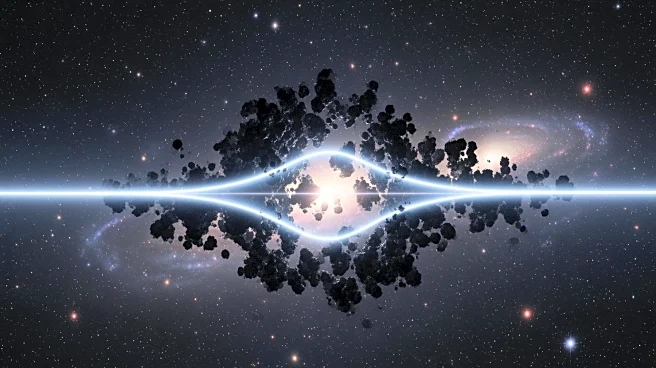What's Happening?
Researchers at the Max Planck Institute for Physics in Munich have developed a novel method to search for dark matter using sugar crystals. The team, led by Federica Petricca, utilized sucrose crystals cooled to near absolute zero to detect potential
interactions with weakly interacting massive particles (WIMPs), a leading dark matter candidate. Despite the innovative approach, the experiment did not yield evidence of dark matter, as no interactions were detected during the 19-hour test period. This method leverages the high hydrogen atom density in sucrose to increase the likelihood of detecting lighter WIMPs.
Why It's Important?
The search for dark matter is a critical area of research in physics, as understanding its properties could unlock fundamental insights into the universe's composition. The use of sugar crystals represents a creative approach to overcoming challenges in detecting lighter WIMPs, which have eluded traditional detection methods. Although the experiment did not find dark matter, it demonstrates the potential for unconventional materials to contribute to scientific discovery. This could inspire further research and innovation in the field, potentially leading to breakthroughs in our understanding of dark matter.
What's Next?
The research team may refine their methods or explore other materials with similar properties to improve detection sensitivity. The findings could encourage other scientists to experiment with alternative approaches, broadening the scope of dark matter research. Continued collaboration and experimentation are likely as the scientific community seeks to solve one of the most significant mysteries in physics. Future experiments may also address potential sources of interference, such as radioactive carbon-14, to enhance the accuracy of results.
